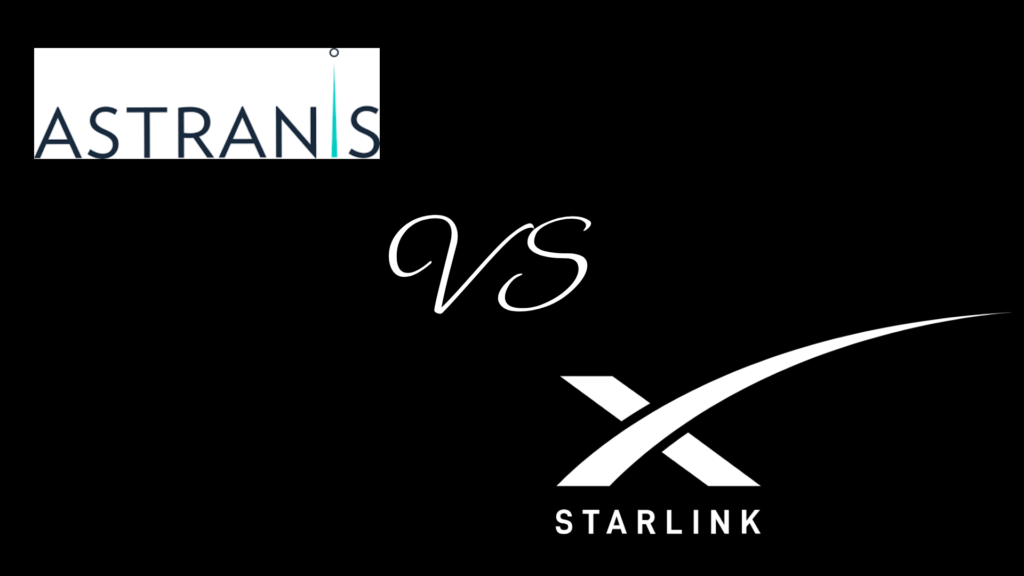Introduction
In the era of increasing demand for high-speed internet, two companies have emerged as frontrunners in the race to provide global connectivity: Astranis and Starlink. While both aim to bridge the digital divide, their approaches and technological paradigms differ significantly. This blog post delves into how Astranis offers a compelling, possibly superior, alternative to Elon Musk’s Starlink.
A Brief Overview
Starlink
A subsidiary of SpaceX, Starlink seeks to deploy a megaconstellation of thousands of small satellites in low Earth orbit (LEO) to provide internet service across the globe. Starlink has been lauded for its high-speed internet and low-latency features, with plans to expand its network continually.
Astranis
On the other hand, Astranis focuses on geostationary satellites that are small and cost-effective. By owning and operating its turnkey solutions, Astranis aims to provide bandwidth-as-a-service at a fraction of the cost compared to traditional providers, thereby unlocking previously unreachable markets.

Why Astranis Could Be a Better Option
Cost-Efficiency
One of Astranis’ most substantial advantages is its focus on cost-efficiency. Unlike Starlink, which requires launching thousands of satellites, Astranis aims to achieve similar connectivity with fewer satellites, thus significantly reducing overhead and operational costs.
Focused Target Markets
Starlink has a global approach, aiming to offer its services to anyone, anywhere. While this seems ideal, it can dilute the focus required for penetrating hard-to-reach markets effectively. Astranis concentrates more on underserved areas, making it more likely to meet the needs of those who have been without reliable internet access for years.
Ownership and Control
Astranis owns and operates its satellites, giving it better control over quality and performance. Starlink, although a part of SpaceX, is just one segment of Elon Musk’s broader vision for space and Mars colonization, possibly diverting focus and resources.
Regulatory Hurdles
Starlink’s plan to deploy thousands of satellites has raised concerns about space debris and the Kessler Syndrome, which may lead to more regulatory scrutiny. Astranis, with its fewer but more effective satellites, could face fewer such hurdles.
Smaller Team, Bigger Impact
Astranis operates with a smaller, yet highly experienced and dedicated team. Team members have vast experiences from industry giants like SpaceX, Google, and Apple, allowing for a more focused and agile approach to problem-solving.
Conclusion
While Starlink and Astranis both aim to bridge the global digital divide, their approaches and underlying philosophies offer distinct advantages and disadvantages. Astranis stands out for its cost-efficiency, focused target markets, complete ownership, and potentially fewer regulatory hurdles. As both companies continue to evolve, it will be intriguing to see how each adapts to meet the growing demand for universal, affordable internet access.
Also Read: Blockchain Startups in the US
